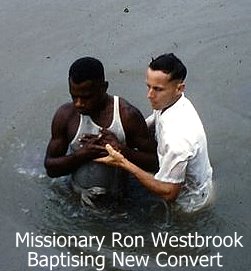My Missionary Scrapbook 1964 – 1976


It was the year was 1964, arguably the greatest year of my life as Betty and I were joined together in marriage and began our ministry serving God in Papua New Guinea with the Australian Assemblies of God Mission.
 We were posted to the village of Kalabu near Maprik in the East Sepik Province, which had a population over 1000 people. It was considered to be a village that was deeply steeped in tribal traditions and animistic beliefs.
We were posted to the village of Kalabu near Maprik in the East Sepik Province, which had a population over 1000 people. It was considered to be a village that was deeply steeped in tribal traditions and animistic beliefs.
Although the Mission had been established there for some years, church growth was very slow. The people however were glad to have us living in their midst as it meant that their children could receive education and possible prosperity. Cargo Cult mentality was not far from the surface of their thinking.
It was while we were based in Kalabu that our first child was born. Teddy’s birth seemed to give us greater credibility with the villagers as now we were considered one of them.
The Village Chief by the name of “Nawimarik” was very keen to see and hold this white child that was born into his village.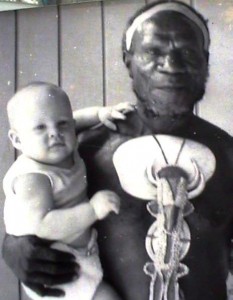 In a gesture of goodwill we invited him to morning tea one day to enable him to personally connect with us.
In a gesture of goodwill we invited him to morning tea one day to enable him to personally connect with us.
He was a proud heathen warrior with a powerful physique but who needed Christ. As a polygamist with four wives he remained resistant to the Gospel.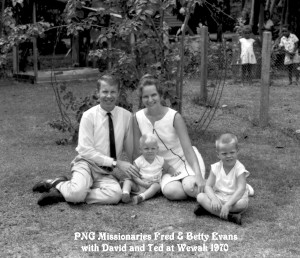 Never the less we sort to befriend him and show him the love of Christ.
Never the less we sort to befriend him and show him the love of Christ.
Although to my knowledge, he never became a follower of Christ, he remained very supportive of the work of the Mission and the work we were doing in his village.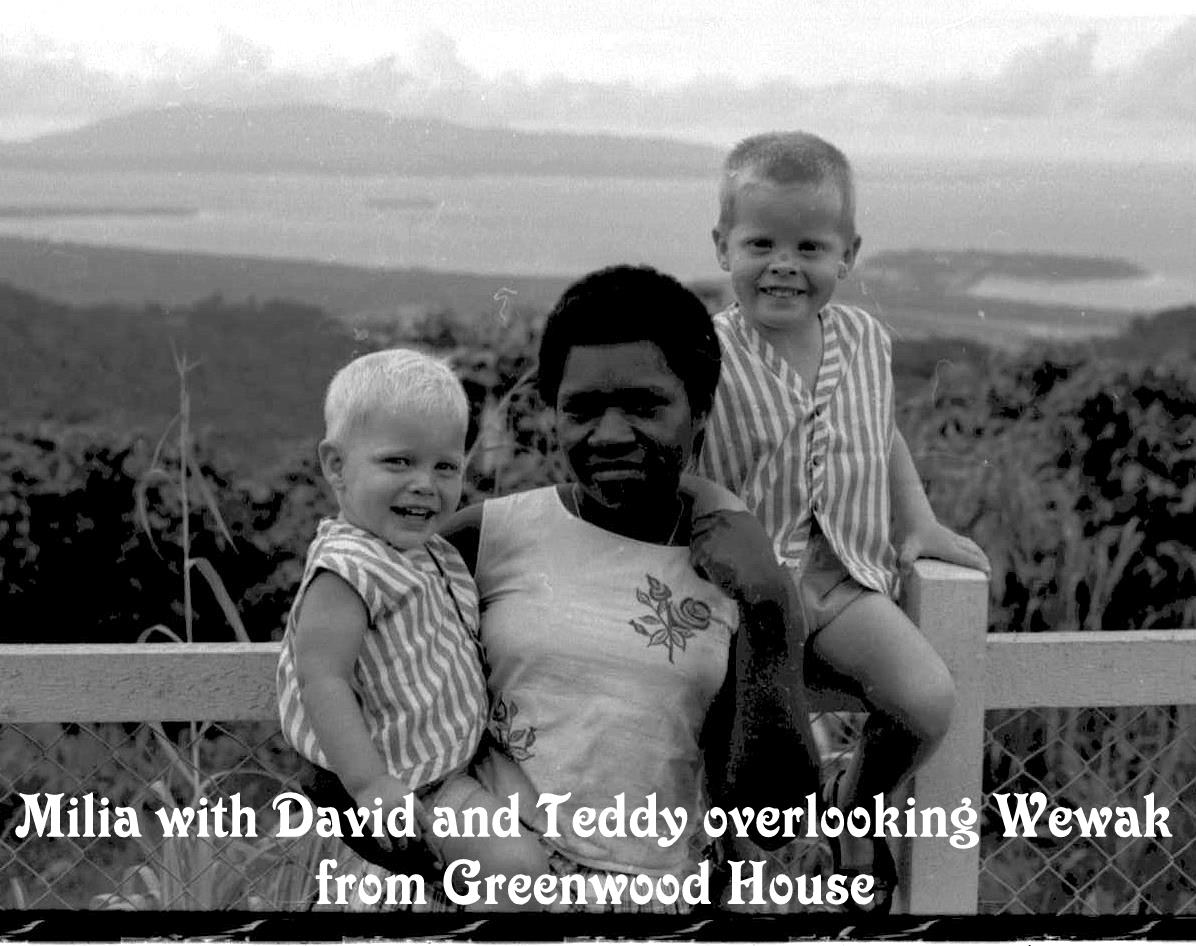
Bringing up a ‘white’ family in a village setting was always intriguing to the indigenous community. There was a certain sense of village pride to have a missionary family living in their community.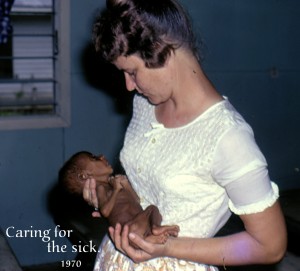
During the 1960s and 70s the Australian Church had a strategy or policy to concentrate its mission resources & enterprise in one particular country and that was Papua New Guinea. Although there were some individual missionaries serving in other countries, the majority of Australian missionaries served in Papua New Guinea.
This was a decision of the Australian Commonwealth Conference and proved to be a very successful strategy that ushered in what I call the
“Golden Years of AOG World Missions”
The Australian Church invested its united resources in planting Pentecostal Churches, Education facilities & regional Bible Schools in Papua New Guinea. Scores of missionary families were sent to the Sepik district to work as support missionaries to help in the cause.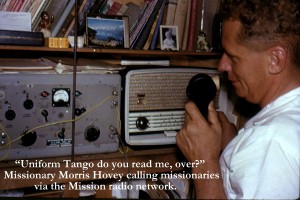
Mission Stations were opened and infrastructure provided to accommodate the missionary team throughout the region. Communication by short wave radio was essential between the Mission Stations.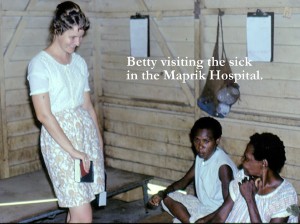
Missionaries were very active in village Evangelism, Bible teaching and Education. No sacrifice was too great as the good news of the Gospel was spread far and wide by the missionary team.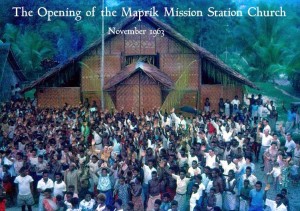
Many churches were built and a strong foundation was laid by the missionaries. There were some gifted young men who arose to leadership in the National Church. Among them were David Silingin & Jacob Ganba who had a great influence as leaders in the emerging Church.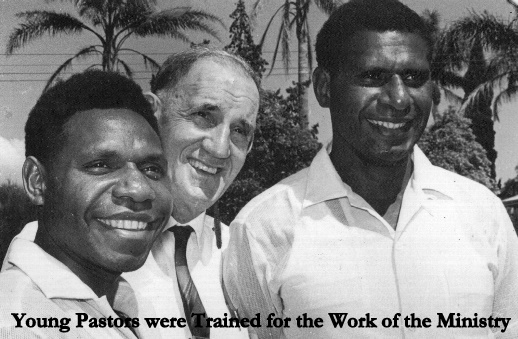
Ps. T L Evans was the Field Superintendent at the time and under his ministry many leaders were Baptised in the Holy Ghost according to Acts 2:4. As a result the church began to grow rapidly & today the Assemblies of God of Papua New Guinea is larger numerically than its mother church in Australia.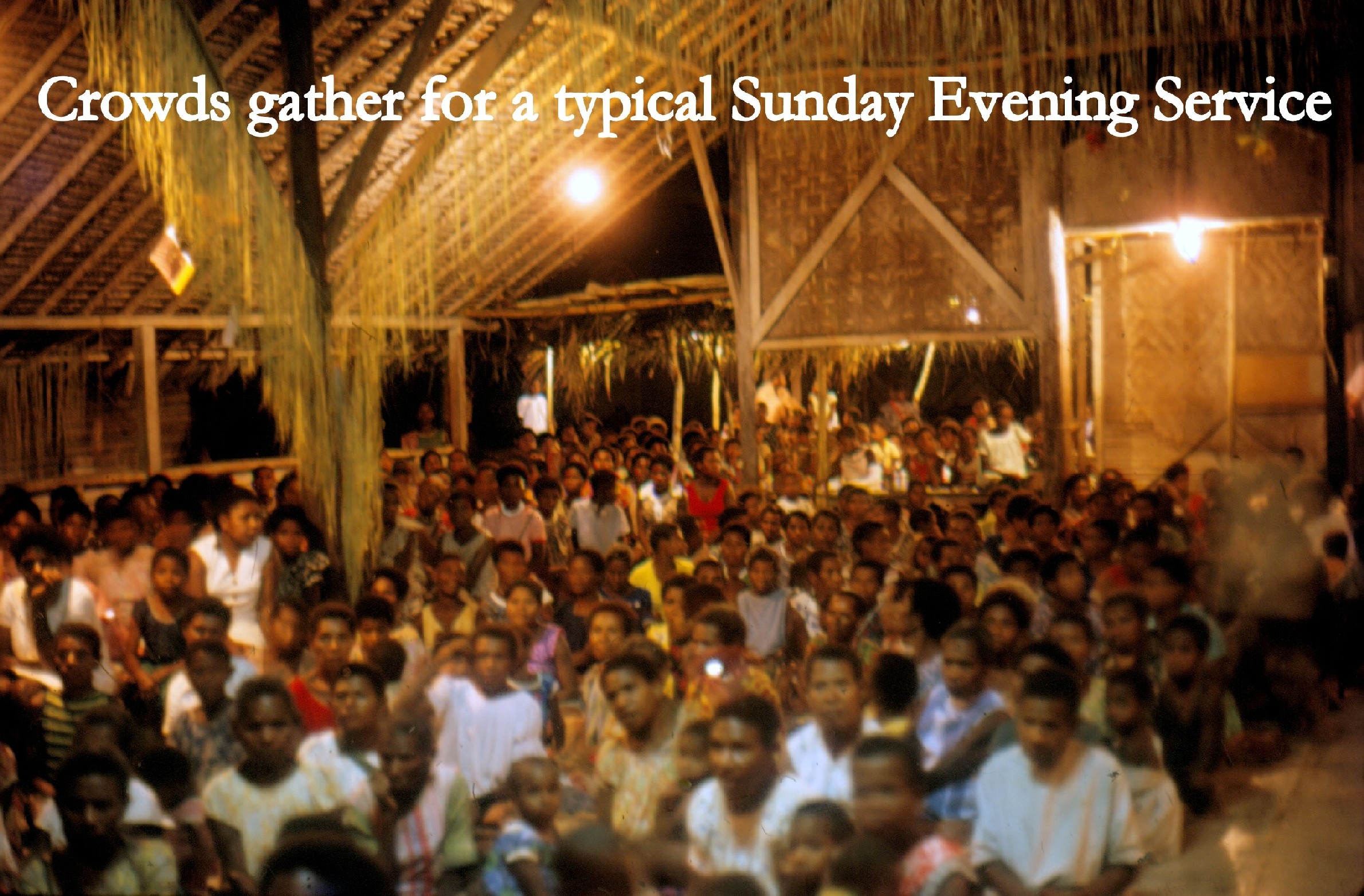
Among the more memorable cooperate Evangelistic Campaigns conducted by the missionaries during 1967, was an outreach called “Operation CAPS” (Commando Air Patrol Sepik).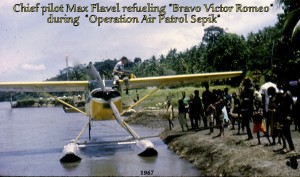
The MAF (Missionary Aviation Fellowship) under the leadership of its Field Leader Pilot Max Flavel, together with the Assemblies of God Field Leader Pastor TL Evans, organised & transported eleven teams of missionaries who visited six different tribes along the mighty Sepik river.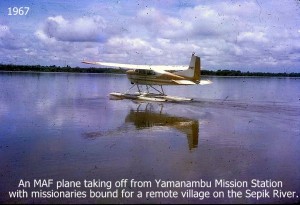
Fifteen villages were contacted, some hearing the Gospel for the first time with over 246 converting to Christ. Evangelism on the Sepik river was difficult at best. Missionaries often had to travel in unstable dug-out canoes and endure very hot & humid conditions.Mosquito plagues infested the area and Malaria was a constant threat to health.
Missionaries often had to travel in unstable dug-out canoes and endure very hot & humid conditions.Mosquito plagues infested the area and Malaria was a constant threat to health.
Baptising Converts was often a challenge in the the intrepid river but at the same time brought much joy to the missionaries heart. Serving God as a missionary has to be the greatest calling of all, at least thats how the missionaries felt.
Serving God as a missionary has to be the greatest calling of all, at least thats how the missionaries felt.
Since those days the church has consolidated and spread throughout the country and is the largest of the Pentecostal denominations in Papua New Guinea.

In those early years, the Missionary Aviation Fellowship played a major role in the spread of the Gospel throughout the country.
The MAF was often the only connection that missionaries had with the outside world. They depended on MAF for their supplies and transport to remote parts of the country.
They depended on MAF for their supplies and transport to remote parts of the country.
In the middle of the 1960s an American Evangelist by the name of Rev AC Valdez raised finance for the importation of two long fibre glass pontoons shaped like canoes as a gift from America. Missionary support staff, Les Jones, Max Peters, Frank Farr & others went to work and built a house boat on the canoes which was dedicated for the work of evangelism on the Sepik river. It was named “Tulait” which means “The Light” in reference to the Light of the Gospel.
Missionary support staff, Les Jones, Max Peters, Frank Farr & others went to work and built a house boat on the canoes which was dedicated for the work of evangelism on the Sepik river. It was named “Tulait” which means “The Light” in reference to the Light of the Gospel.
For over ten years Missionaries Kevin & Glenys Hovey lived on this House Boat travelling up and down the vast reaches of the Sepik river in the work of evangelism.
Some of the people they encountered had very little if any contact with the modern world. It was their great privilege to introduce the good news of the Gospel to them. 
The Hovey’s dedication to the cause of Christ in this region of the world is an incredible story in itself and a testimony to the call of God upon their lives. You can read more about them and the present work they are doing on the world wide web. Google : About Kevin and Glenys Hovey. I salute them!
The challenge to reach the peoples of Papua New Guinea with the Gospel of Christ has been an incredible achievement by the Church.  With over 850 different tribal languages and groups, covering a terrain of huge mountains, deep valleys, dense jungle and surging rivers, the Church has stuck to its task and never given up no matter how dangerous the logistics have been in reaching the people.
With over 850 different tribal languages and groups, covering a terrain of huge mountains, deep valleys, dense jungle and surging rivers, the Church has stuck to its task and never given up no matter how dangerous the logistics have been in reaching the people.
Missionaries like Cyril & Evelyn Westbrook have planted more Churches throughout Papua New Guinea than perhaps any accredited Australian Minister within the Australian Christian Churches (AOG) Movement.

Others like Don & Pearl Badham have given a lifetime of service training young men and women of Papua new Guinea in the Word of God.
For more information about missionaries who served in the Sepk Province go to the Index page : About Missionaries who served in Papua New Guinea.



